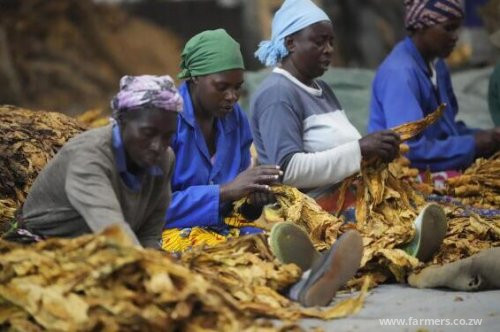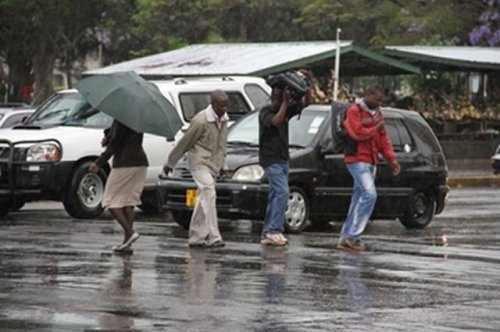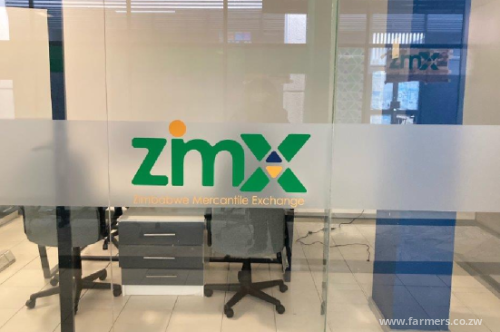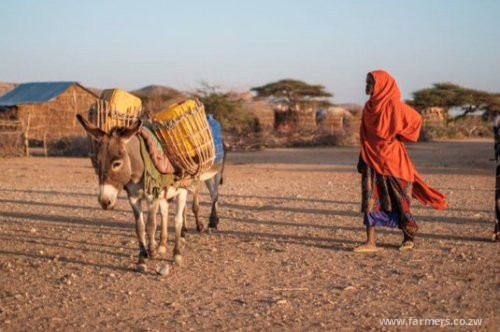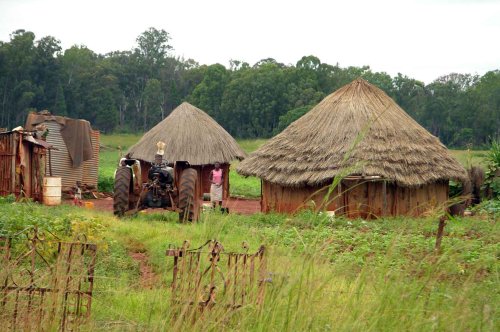New weather Updates indicate a drought is predicted
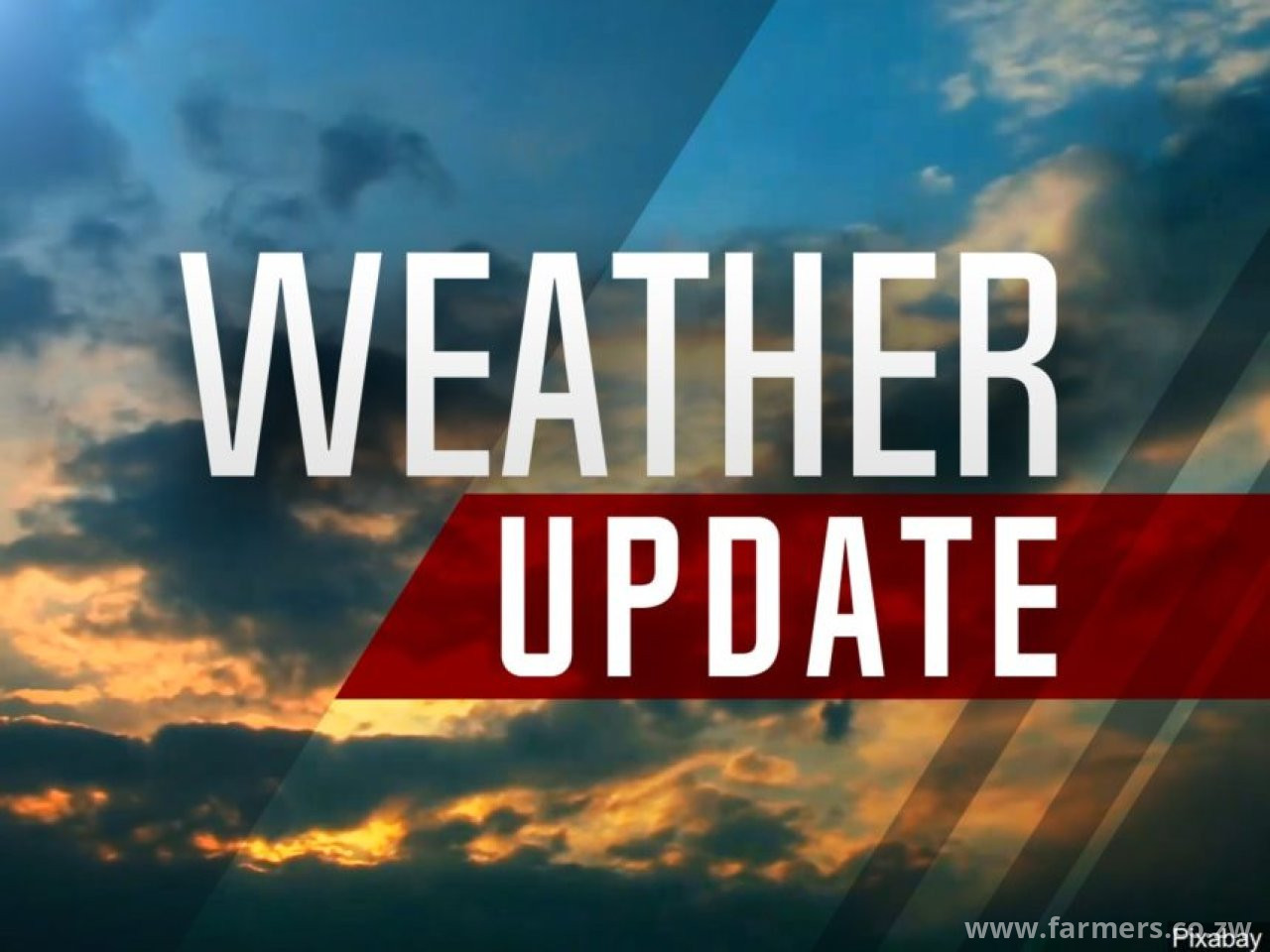
Although La Niña conditions – associated with favorable rainfall in the southern Africa region – will become the dominant ENSO state in September-November, the long-term impacts of El Niño will persist during the October 2024-March 2025 main agricultural season.ANOTHER DROUGHT COMING?
Hopes fade for La Niña rain as drought fears increase
The dream of La Niña bringing rains to southern Africa is slipping away, with forecasts now predicting weak or neutral conditions. Millions are food insecure after El Niño’s drought, and agriculture faces another tough season.
Southern Africa’s farmers hoped for La Niña to counter last season’s El Niño-driven drought. But with forecasts now downscaled, fears grow over a weak harvest and increased food insecurity.
After last summer’s blistering El Niño event scorched the staple maize and other crops across southern Africa, leaving tens of millions in need of food aid, there were high hopes that La Niña would have formed by now, unleashing a season of good rains on the parched landscape.
Such hopes are increasingly becoming high and dry.
El Niño typically brings drought to southern Africa – and the last one lived up to its withering reputation – while La Niña usually opens up the heavens over the veld. But after initial expectations that the latter would form as early as July, international forecasters have been pushing the timeline out further and downscaling predictions about its strength.
The Australian Bureau of Meteorology on Tuesday issued the latest and most pessimistic report yet on the fading prospects of La Niña forming in 2024, raising the spectre of another poor season for summer grain crops in southern Africa.
“… the chance of a La Niña event developing in the coming months has decreased compared to recent outlooks,” the bureau said in a bi-weekly outlook report.
Warmer summer, less rain
“If a La Niña were to develop, it is likely to be relatively weak and short-lived, with all models forecasting neutral values by February.”
This global weather dance is known as the El Niño-Southern Oscillation (Enso) and it is currently in its neutral phase.
So, what the Aussies are saying is that if La Niña does form, it won’t shoot the lights out and it will be all over by February.
Other global forecasters have also been whittling down La Niña expectations.
A US government forecaster said last week it had “… lowered the chances of La Niña” and said if it did form it was expected to persist until March.

